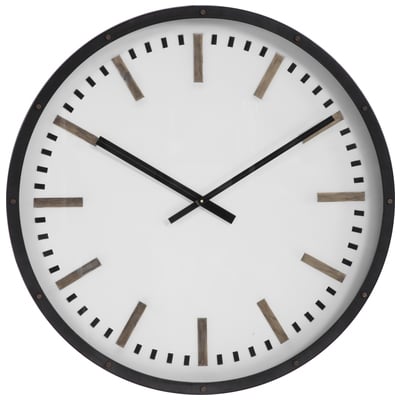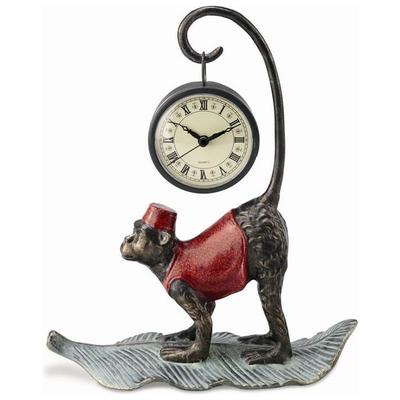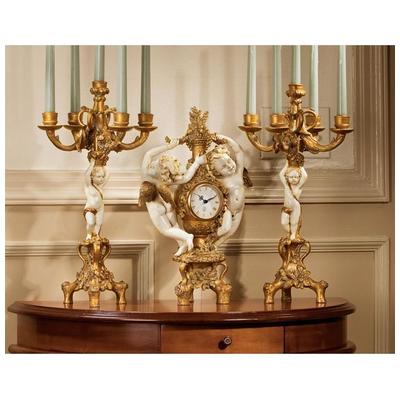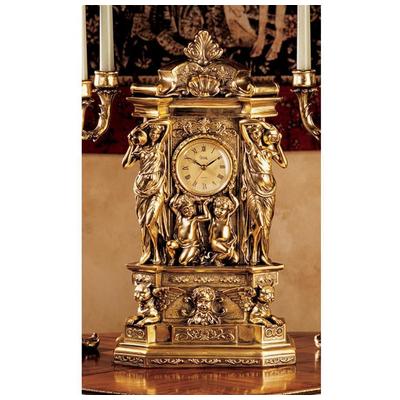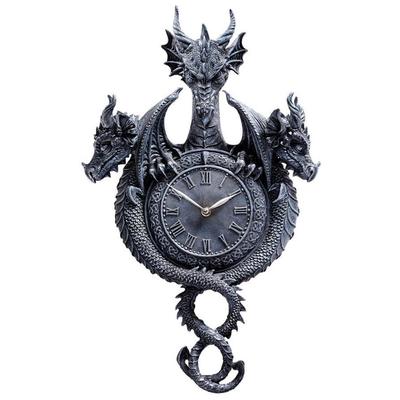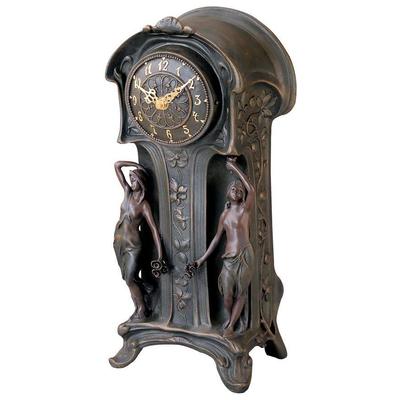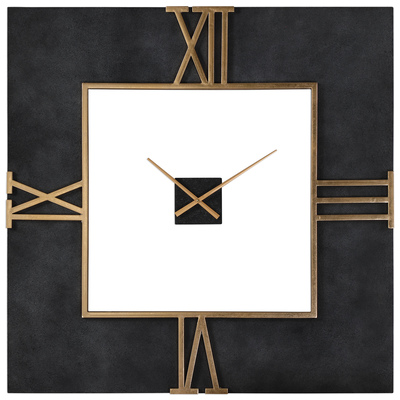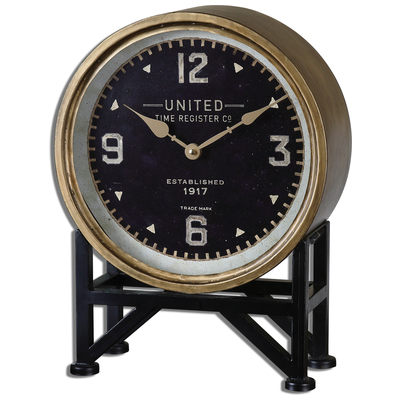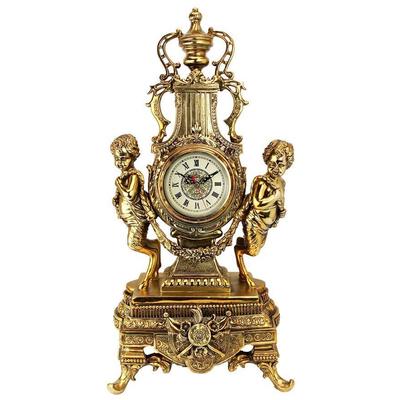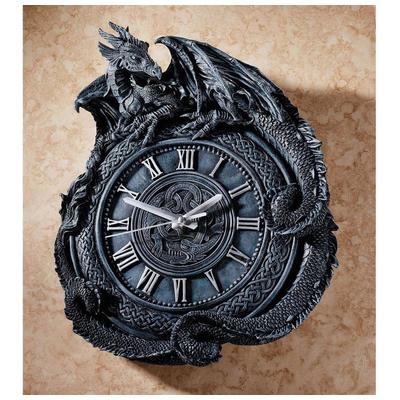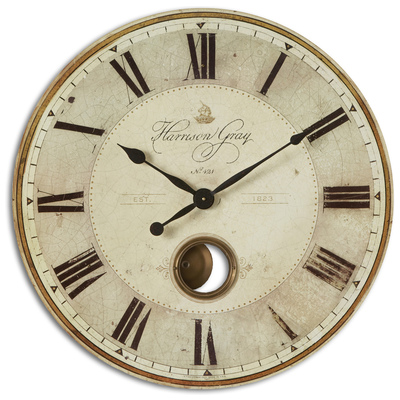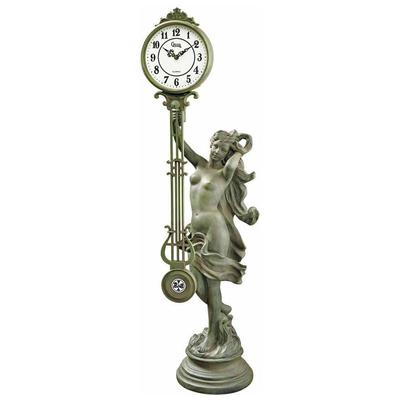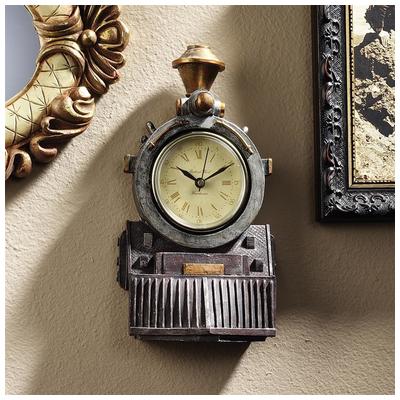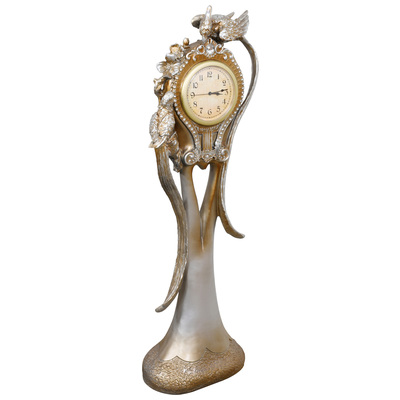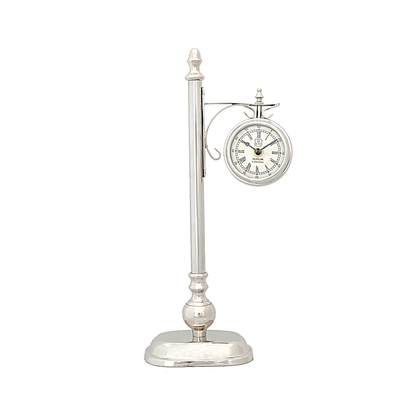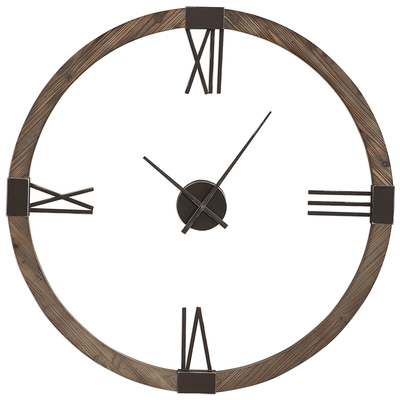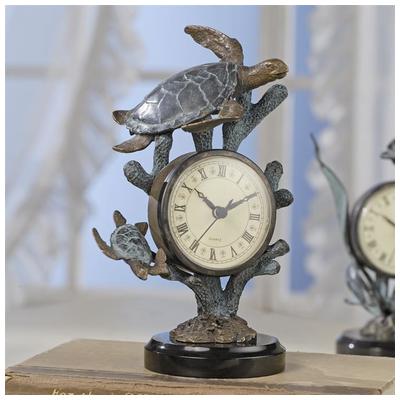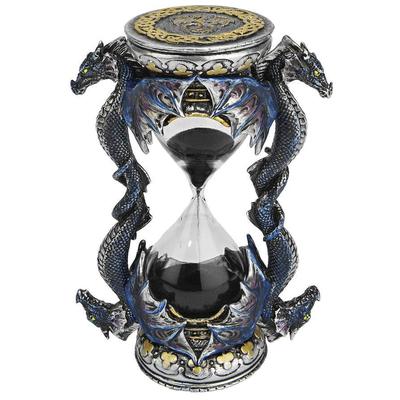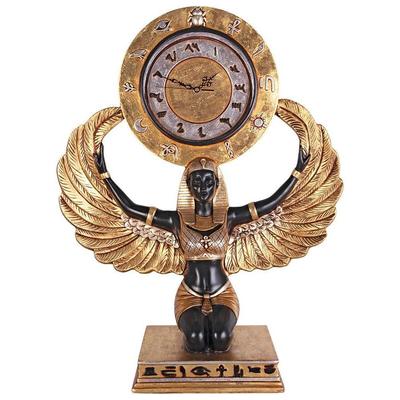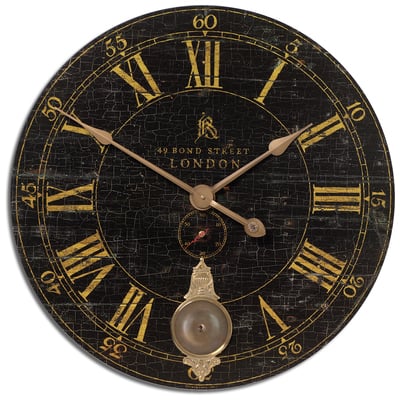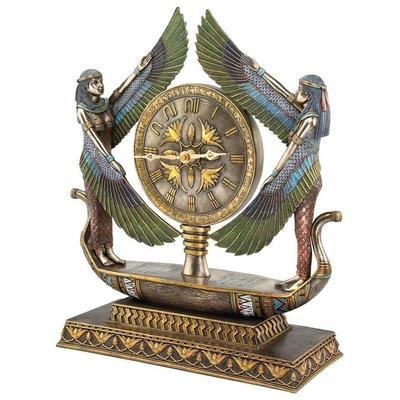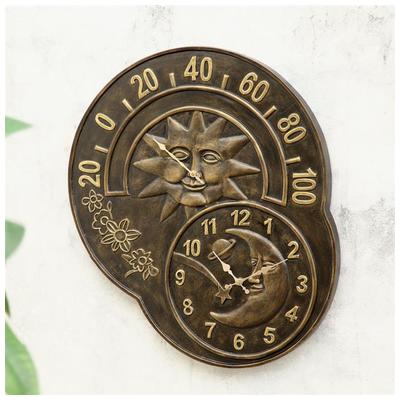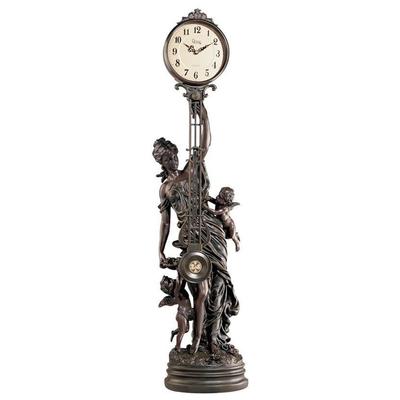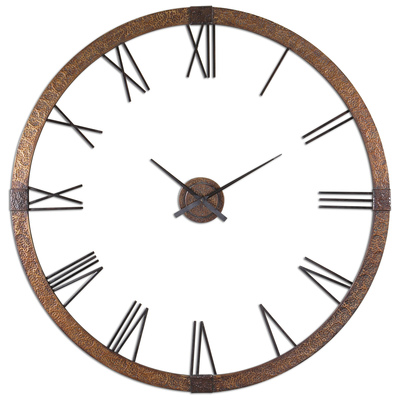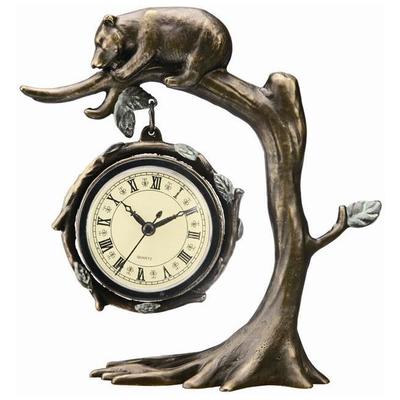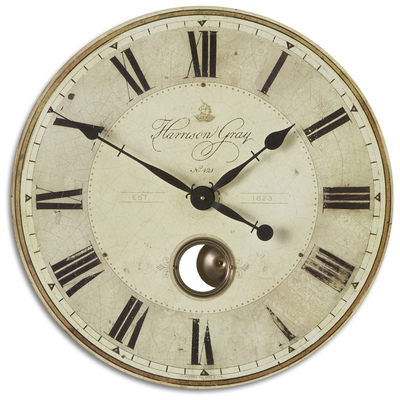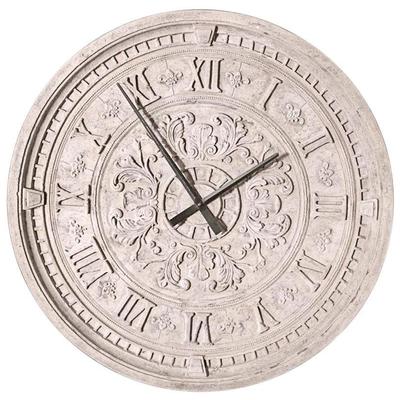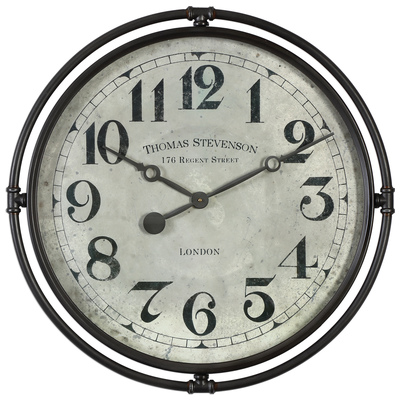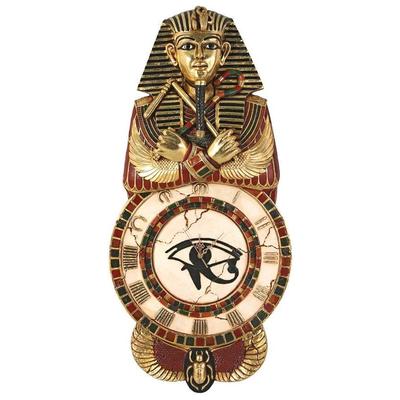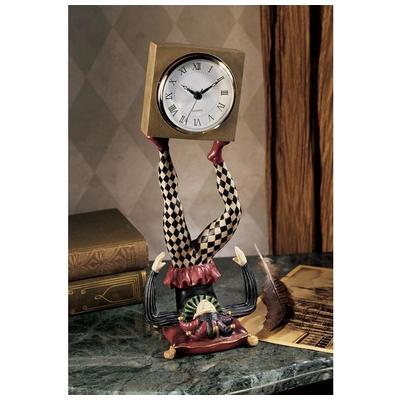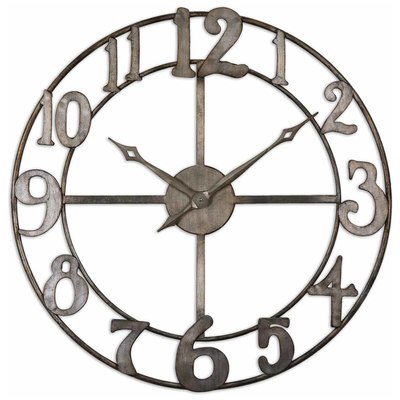A woman came up to me the other day and asked me for the time. I gave it to her. Then she came back and asked me twice more across the hour, which made me wonder how on earth she didn’t have a way to tell time. A watch, a computer, a phone, a reading tablet. But glancing around the cafe I was sitting in, I realized that there were no clocks at all. And it got me thinking about how the function of the traditional clock has changed. It has, more or less, become superfluous to the art of telling time. But not so in the art of interior design.
The Times are Flying

Clocks have existed, to a certain extent, for millennia. Civilization requires a way to measure out the passage of time, and this was first achieved through sundials and water clocks. The first mechanical clocks were invented in the twelfth century, and like many necessary objects, their function went beyond simple utility–they became decorative. Some of the most famous architectural marvels involve clocks–Big Ben and the zodiac clock in the Piazza San Marco in Venice, to name just a couple. Clocks available for your home run the gamut from simple, to beautiful and elegant, to just plain bizarre.
Shop Clocks:
Hang It Up
The wall clock is a true vintage staple, but you won’t find many that are just meant for telling time. Even in schools–employers of the most basic of the basic analogue clocks–they are beginning to be phased out. My high school had digital clocks mounted over the doors. But that doesn’t mean they still aren’t useful! You might ask yourself, well, if I don’t need it to tell the time, why would I want to take up the wall space? The answer: time pieces are art. There are countless different styles and varieties, and it’s easy to find one that fits your decor.
Stand Up and be Counted

If wall clocks aren’t your style, consider a standing model. The very height of a classic, the grandfather clock is iconic and elegant, and would match well with any traditional decor. There are a ton of variations on the standing style–Mora clocks (like the one pictured above–are still stately and intricate, but without the stuffiness of the traditional grandfather. But whichever you settle on, standing clocks have a certain gravitas that other time pieces lack.
An Unusual Time

Years back when I lived abroad, I took a class in an old building in the Italian countryside. I barely remember the class, but I do remember the huge, grand hall that I affectionately named “The Timing Room” because its walls were entirely covered in clocks. Old, new, austere, stylized. And not just wall clocks either–they hung from the ceiling like lights, sat mounted on metal tripods. I have never been more taken with a decorating choice in my life, and although I wouldn’t want to fill my whole house up with clocks, it certainly instilled a sense of appreciation for unusual choices.
Camaflouged Clocks

And speaking of unusual choices, there is literally no end to the odd and whimsical clocks you can fill your home with. Like in the picture above (and yep those all tell time, if you turn your head and squint) some don’t even look like anything but a trendy piece of formalist art. They may not be the best choice for actually telling time, but you’ve got phones, computers, watches, and kitchen appliances for that!



